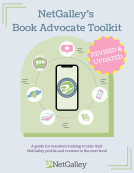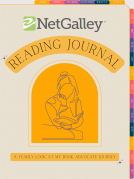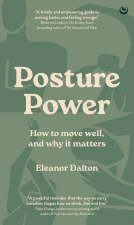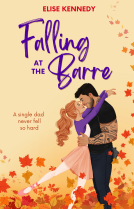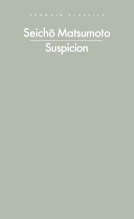Please wait... This may take a moment.
Reading and Writing
A guide for parents of primary school children
This title was previously available on NetGalley and is now archived.
Buy on Bookshop.org
Buy on Waterstones
*This page contains affiliate links, so we may earn a small commission when you make a purchase through links on our site at no additional cost to you.
Pub Date
6 Aug 2015
| Archive Date
24 Sep 2015
Description
As an ex-teacher, I am only too aware that schools ask parents to “hear your child read” without giving any guidance as to what is meant by this and how to do it. So this is a simple practical guide.
It tells parents what causes errors and what to say when they occur. It emphasises the need for a sympathetic atmosphere and lots of praise. It includes a simple guide to the complicated business of phonics, but shows that you don’t have to understand phonics to “hear your child read” successfully.
The second part of the book deals with the question of forming letters correctly and how to practice this. It explains the different forms of writing a child will do at school and also looks at the left-handed child’s problems in writing.
My aim is to make parents feel comfortable and confident in helping their children at home.
As an ex-teacher, I am only too aware that schools ask parents to “hear your child read” without giving any guidance as to what is meant by this and how to do it. So this is a simple practical guide.
...
Description
As an ex-teacher, I am only too aware that schools ask parents to “hear your child read” without giving any guidance as to what is meant by this and how to do it. So this is a simple practical guide.
It tells parents what causes errors and what to say when they occur. It emphasises the need for a sympathetic atmosphere and lots of praise. It includes a simple guide to the complicated business of phonics, but shows that you don’t have to understand phonics to “hear your child read” successfully.
The second part of the book deals with the question of forming letters correctly and how to practice this. It explains the different forms of writing a child will do at school and also looks at the left-handed child’s problems in writing.
My aim is to make parents feel comfortable and confident in helping their children at home.
Available Editions
| EDITION |
Ebook |
| ISBN |
9781784626341 |
| PRICE |
£3.99 (GBP)
|
Additional Information
Available Editions
| EDITION |
Ebook |
| ISBN |
9781784626341 |
| PRICE |
£3.99 (GBP)
|
Average rating from 10 members
Readers who liked this book also liked:
Suspicion
Seicho Matsumoto
General Fiction (Adult), Mystery & Thrillers
A Quiet Place
Seicho Matsumoto
General Fiction (Adult), Mystery & Thrillers
Soul Bound
Hannah Kingsley
Erotica, General Fiction (Adult), Sci Fi & Fantasy
Out Law
Jim Butcher
Mystery & Thrillers, Sci Fi & Fantasy

